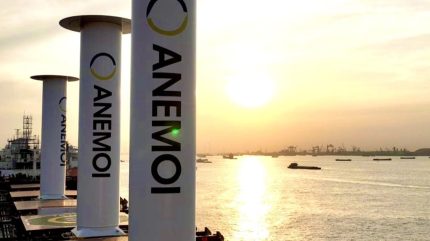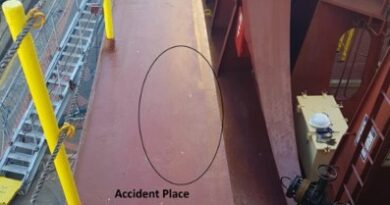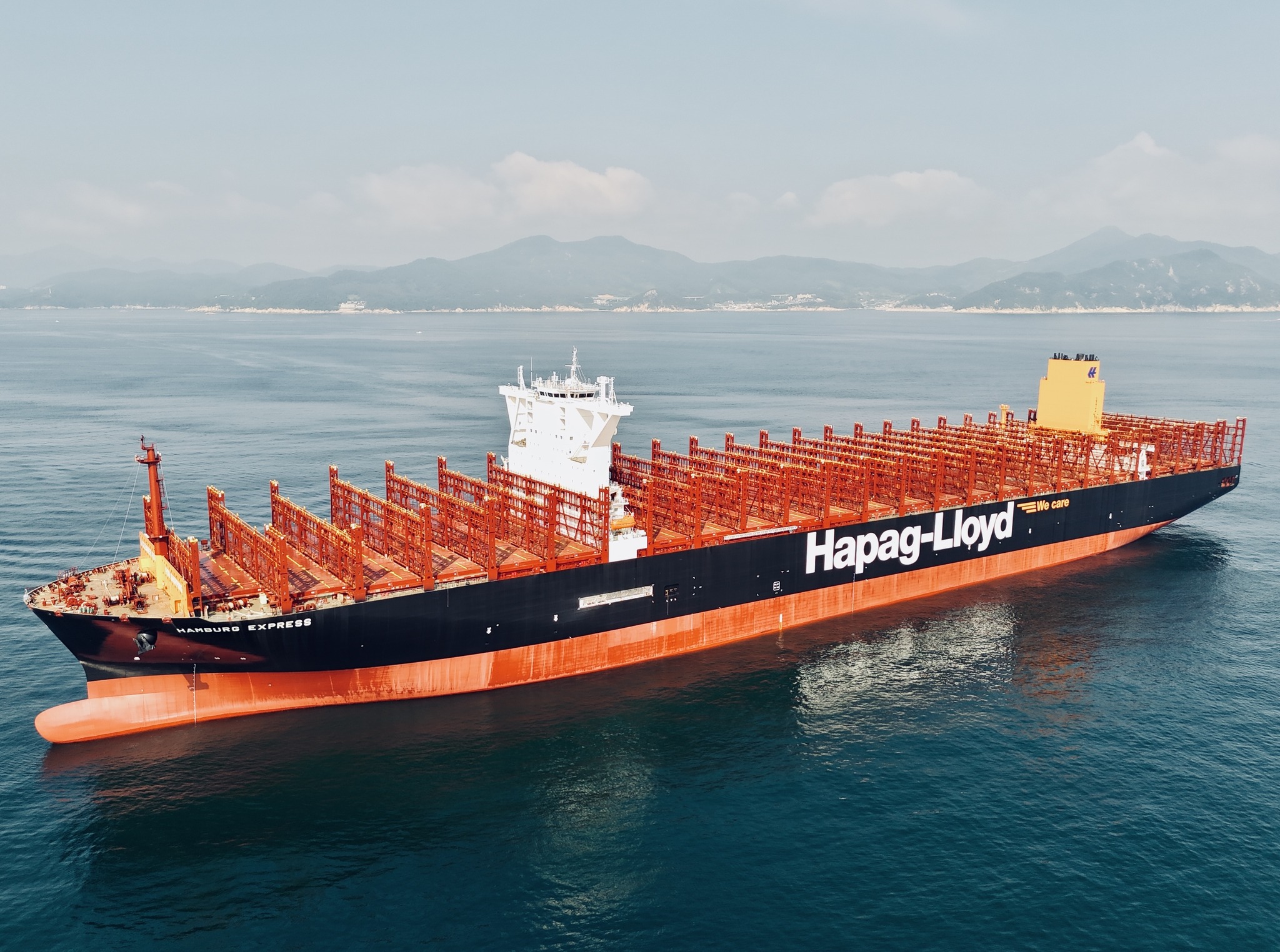Anemoi and LR release report to standardise wind propulsion performance methodology

Anemoi Marine Technologies (Anemoi), in collaboration with Lloyd’s Register Advisory (LR Advisory), has introduced a new methodology to standardise the performance verification of wind-assisted ship propulsion systems.
The report, titled “Performance Verification Of Wind-Assisted Ship Propulsion Systems By On-Off Testing,” presents a methodology applicable to all wind-assisted propulsion solutions and is not limited to just Anemoi’s Rotor Sails.
The process aims to reduce costs and complexity for operators while enhancing accuracy over current practices.
The LR Advisory validated process involves the analysis of vessel data with the wind-assisted propulsion system both activated and deactivated under various operational conditions.
The data is utilised to refine predictions regarding the forces produced by the rotor sail system and their effects on the vessel.
This information can then be employed to forecast fuel savings during voyages with a high degree of confidence.
Anemoi technical director Luke McEwen said: “With this paper, our aim is to bring greater transparency and consistency to the evaluation of wind-assisted propulsion systems.
“By describing our performance assessment methodology in detail, we hope to contribute meaningfully to the wider industry discussion and move closer to a standardised framework that enables clear, comparable results across all WAPS technologies. While various approaches exist, a unified standard will be key to supporting informed decision-making and accelerating decarbonisation in shipping.”
The methodology addresses the difficulties of utilising conventional methods, such as ISO 19030, for evaluating wind-assisted propulsion systems (WAPS) and removes the need for expensive operational modifications, including the requirement to dock vessels for dedicated WAPS sea trials as suggested by certain standards.
According to Lloyd’s Register Advisory, this new approach not only reduces expenses but also improves the accuracy of fuel-saving predictions.
The model developed from Anemoi’s process can be utilised throughout a vessel’s lifecycle to provide precise fuel savings figures, either in real-time or on a voyage-by-voyage basis and supports the development of advanced predictive tools for power and fuel savings estimation under various conditions.
LR Advisory ship performance manager Dr Santiago Suarez de la Fuente said: “The current standards and guidelines around wind-assisted propulsion verification are relatively sparse, and an opportunity exists for a process that is robust, widely adopted, and transparent.
“Anemoi’s methodology achieves this, allowing for predictions of performance to be applied to the entire range of conditions that a vessel and the system will encounter, without tests needing to be conducted in every condition.”
The effectiveness of the methodology was demonstrated on the TR Lady Kamsarmax, which is equipped with three of Anemoi’s Rotor Sails.
After a year-long assessment covering multiple voyages, the method showed an average net propulsion fuel saving of 9.1% and a reduction of seven tonnes of CO2e per sailing day.
In a related development, Seatransport has partnered with Deployable Energy and Lloyd’s Register to promote nuclear power generation within the maritime sector.
The collaboration focuses on developing micro-modular reactor technology for strategic response vessels operating in isolated areas.




